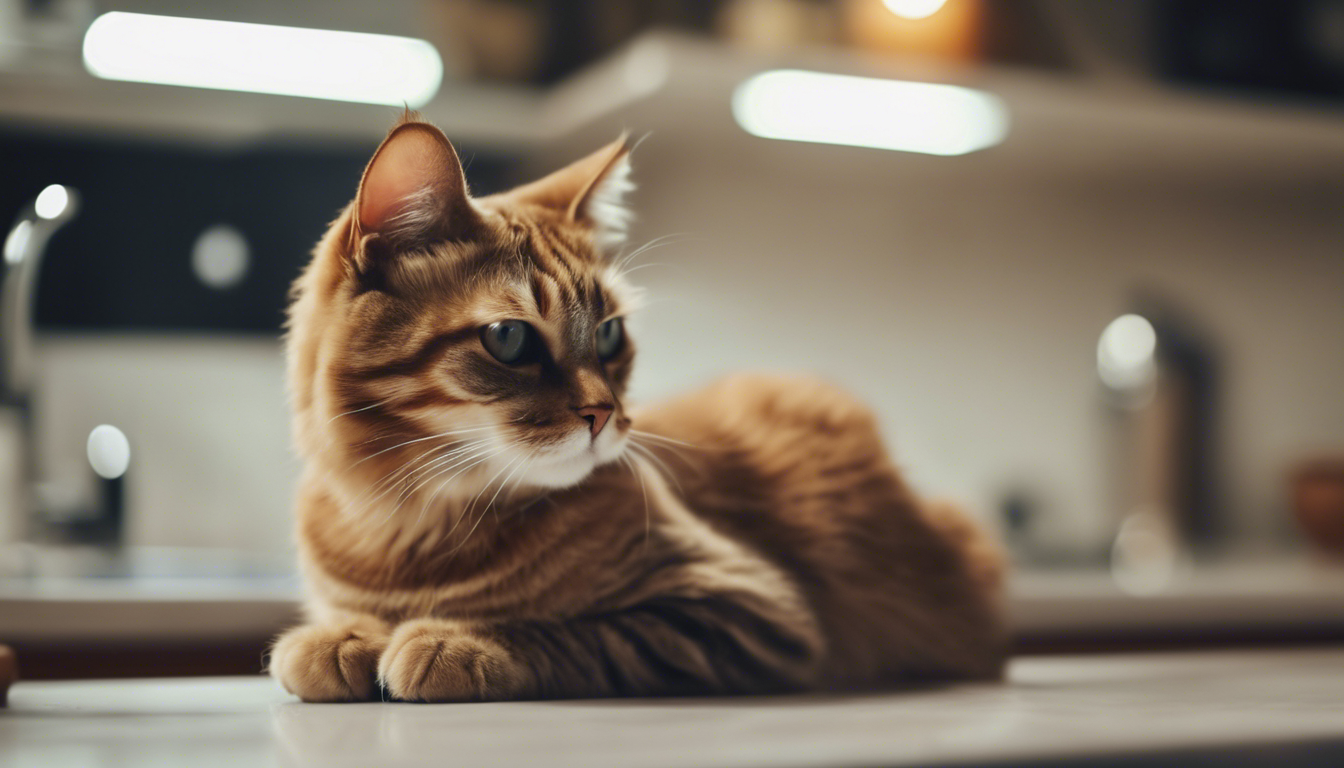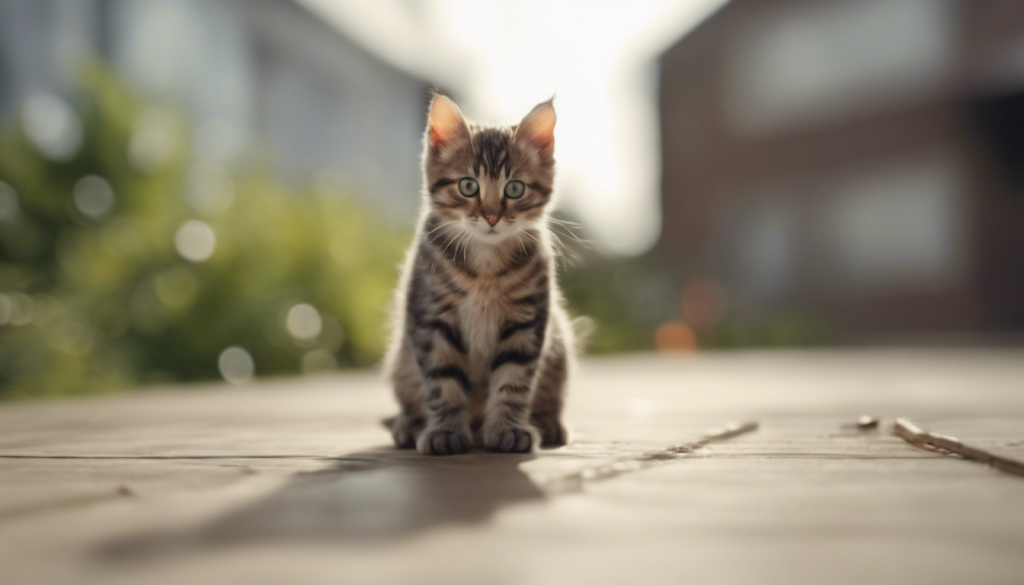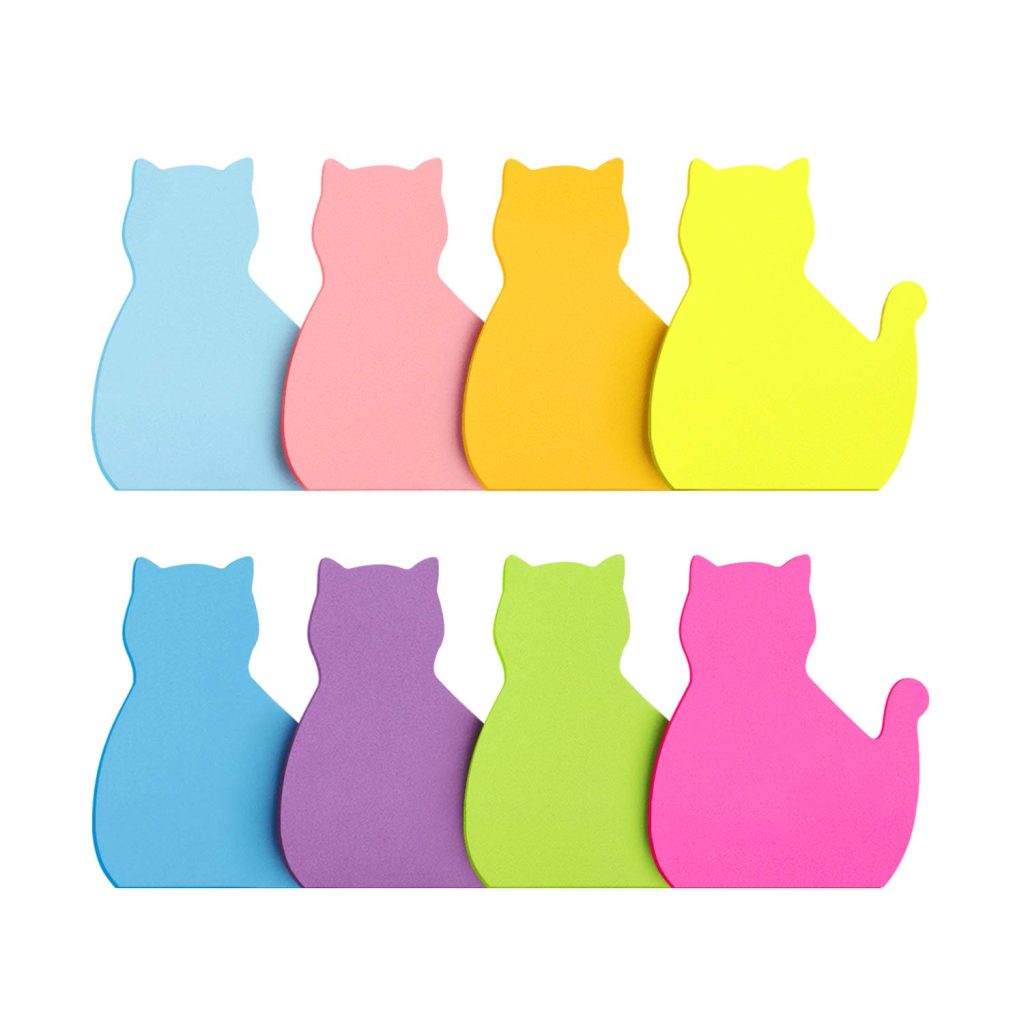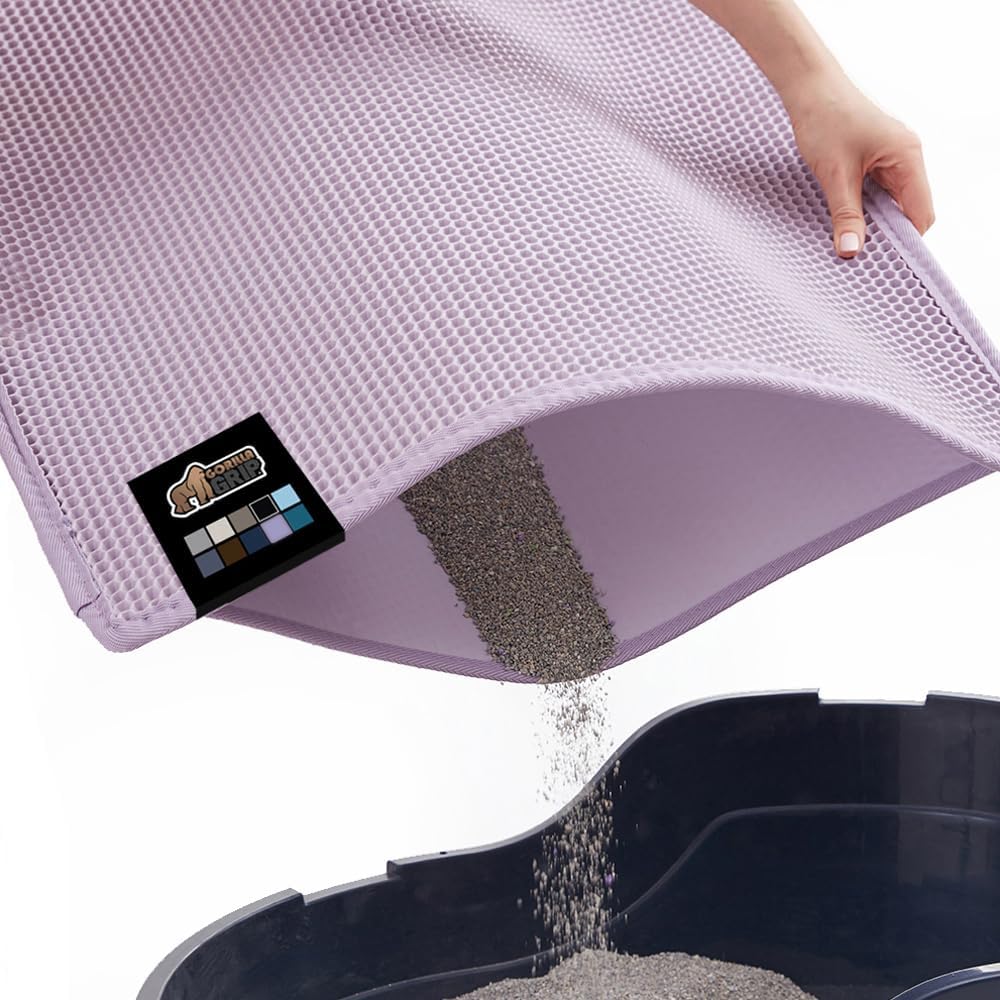
Having a cat that loves to jump on counters can be frustrating and even unsanitary. In order to address this behavior, it’s important to understand the underlying reasons why cats are drawn to counters and develop appropriate training techniques. By effectively communicating with your cat and making changes to their environment, you can help them break the habit and strengthen your bond in the process.
Feline Behavior and Communication
Cats are naturally curious creatures and love exploring their surroundings. Jumping on counters gives them a higher vantage point, allowing them to observe their territory and hunt for potential prey. Additionally, countertops often hold food or items with interesting smells, making it an enticing destination for a curious feline.
Cats also have a strong need for vertical territory. This desire stems from their instinctual behaviors, such as climbing trees to escape predators or seeking higher ground to survey their environment. Counters provide an elevated space within the safety of their home.
Understanding your cat’s behavior and motivations is key to addressing this issue effectively. Rather than punishing your cat for jumping on counters, it’s more beneficial to provide alternative options that fulfill their natural instincts.
Training Techniques
When it comes to training your cat, positive reinforcement is essential. Cats respond better to rewards and encouragement rather than punishment, which can create fear and anxiety. Here are some techniques that can help stop your cat from jumping on counters:
- Provide an alternative: Set up a designated space for your cat with tall scratching posts or cat trees near the counters. This way, your feline companion can still enjoy an elevated view without invading the counter space.
- Redirect their attention: Whenever you catch your cat preparing to jump on the counter, gently but firmly redirect their attention to an appropriate toy or activity. Use positive reinforcement, such as treats or praise, when they engage with the redirected option instead.
- Make counters unappealing: Cats dislike certain textures, so try covering the counter with aluminum foil, double-sided tape, or plastic wrap. These textures will discourage your cat from jumping up. You can also use scents that cats dislike, such as citrus or vinegar, to deter them from the counters.
- Establish clear boundaries: Use verbal cues, such as “No” or “Off,” consistently when your cat attempts to jump on the counter. Be patient and calmly redirect them to their designated space. Over time, consistent reinforcement will help them understand the boundaries.
Impact on the Cat-Owner Relationship
Addressing your cat’s habit of jumping on counters not only helps maintain a clean and sanitary space but also strengthens the bond between you and your feline companion. By understanding their natural behavior and providing suitable alternatives, you are showing your cat that you respect their needs and preferences.
The training process provides an opportunity for increased communication between you and your cat. Redirecting their attention and rewarding desired behavior allows you to establish a positive association and reinforce the connection you share. This mutual understanding fosters trust and can lead to a more harmonious cat-owner relationship.
Note: Each cat is unique, and training results may vary. Patience, consistency, and positive reinforcement are key. Consulting with a professional animal behaviorist or veterinarian can provide valuable insights specific to your cat’s needs.
In conclusion, addressing your cat’s tendency to jump on counters requires an understanding of their behavior and appropriate training techniques. By providing alternatives, redirecting their attention, and establishing clear boundaries, you can effectively change their behavior. This process not only enhances the cleanliness of your home but also strengthens the bond and communication between you and your feline companion. Remember, patience and positive reinforcement are the keys to success in training your cat.







